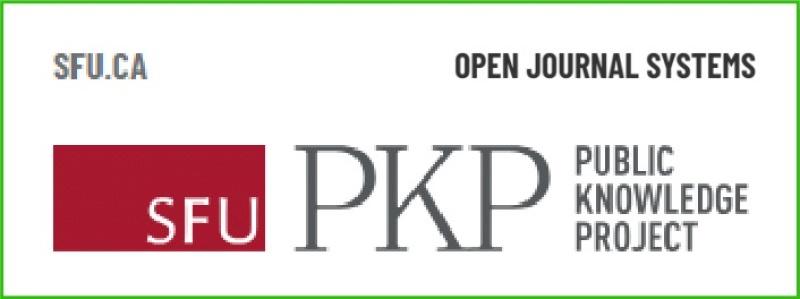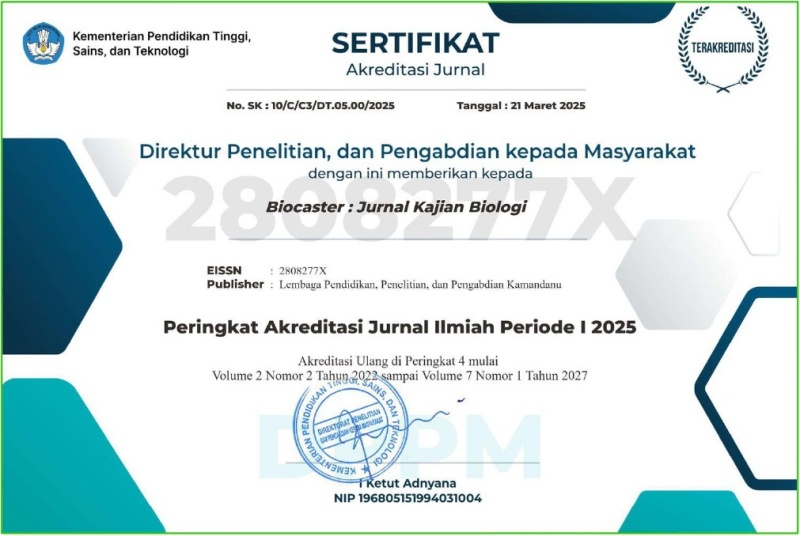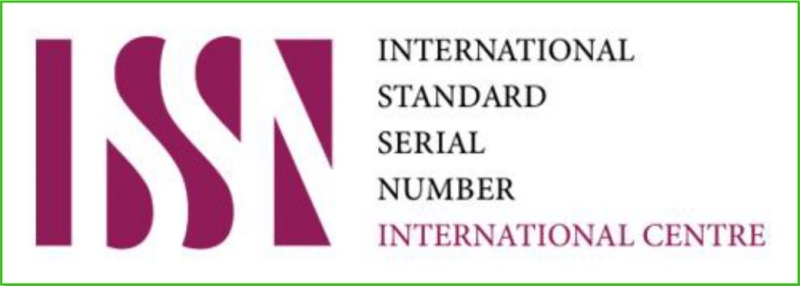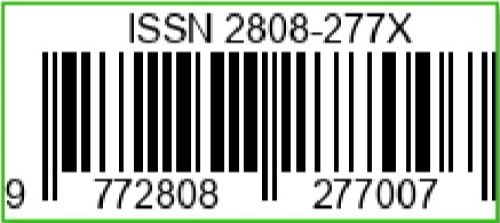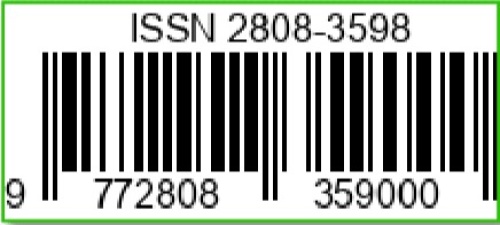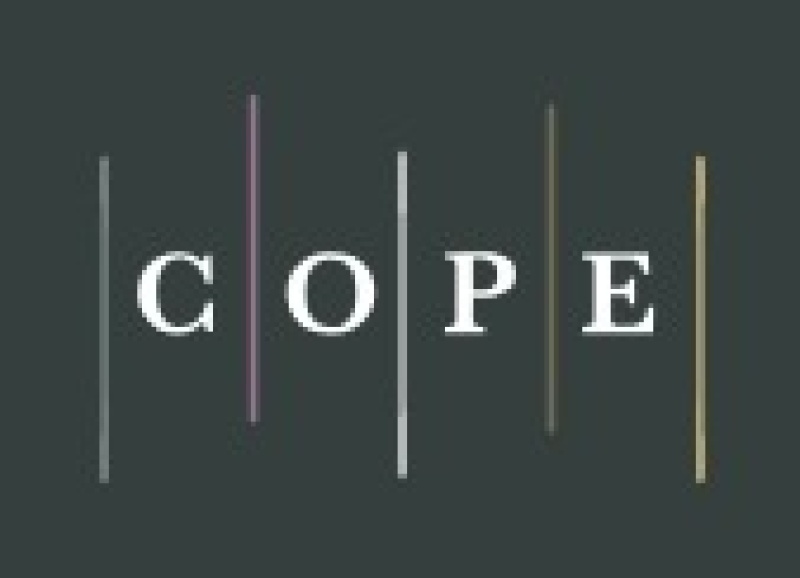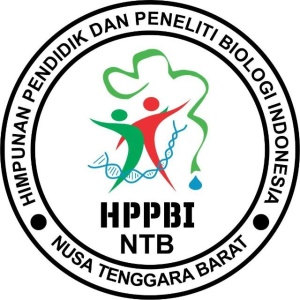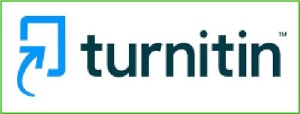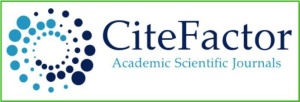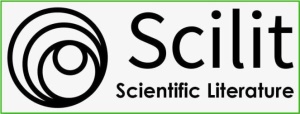Kandungan Fitokimia Daun Asam Jawa dan Potensinya sebagai Bioagen Antibakteri untuk Pengobatan Alami
DOI:
https://doi.org/10.36312/biocaster.v4i2.274Keywords:
Tamarind Leaves, Phytochemicals, Antibacterial.Abstract
Indonesia is known as a country that is abundant in various biological riches and their potential as medicines, so a review of natural antidiarrheal treatment methods using tamarind leaves was carried out. Diarrhea is a digestive disorder with a high prevalence rate, especially in developing countries. Diarrhea is a digestive system disorder characterized by stomach cramps, a liquid stool consistency, and an increase in the frequency of defecation more than 3 times in 24 hours. The research method used is to use literature review through online publications based on the Web, ResearchGate, Google Scholar and Scopus. The research sample used in this literature review was 22 articles. The research results show that the phytochemical content of tamarind consists of tannins, flavonoids, saponins, alkaloids, phenols and triterpenoids. The results of the analysis in the literature review show that tamarind leaves are an alternative natural treatment and are effective in inhibiting the growth of bacteria, for example the Escherichia coli bacteria that causes diarrhea.
Downloads
References
Fakhrurrazi, F., Hakim, R. F., & Keumala, C. N. (2016). Pengaruh daun Asam Jawa (Tamarindus Indica Linn) terhadap Pertumbuhan Candida albicans. Journal Syiah Kuala Dentistry Society, 1(1), 29-34.
Faradiba, A., Gunadi, A., & Praharani, D. (2016). Daya Antibakteri Infusa Daun Asam Jawa (Tamarindus indica Linn) terhadap Streptococcus mutans. Pustaka Kesehatan, 4(1), 55-60.
Husain, P., Risfianty, D. K., Ihwan, K., Atika, B. N. D., Dewi, I. R., & Ihsan, M. S. (2022). Identification of the Content of Photochemical Compounds of Java Acid Leaf. Jurnal Inovasi Pendidikan dan Sains, 3(2), 78-82.
Jannah, H., & Safnowandi, S. (2018). Identifikasi Jenis Tumbuhan Obat di Kawasan Desa Batu Mekar Kecamatan Lingsar Kabupaten Lombok Barat. Bioscientist : Jurnal Ilmiah Biologi, 6(1), 1-15. https://doi.org/10.33394/bioscientist.v6i1.938
Kemit, N., Widarta, I. W. R., & Nocianitri, K. A. (2016). Pengaruh Jenis Pelarut dan Waktu Maserasi terhadap Kandungan Senyawa Flavonoid dan Aktivitas Antioksidan Ekstrak Daun Alpukat (Persea americana Mill). Jurnal Ilmu Teknologi Pangan, 5(2), 130-141.
Kuru, P. (2014). Tamarindus indica and its Health Related Effect. Asian Pacific Journal of Tropical Biomedicine, 4(9), 676-681. https://doi.org/10.12980/APJTB.4.2014APJTB-2014-0173
Makmun, A., Surdam, Z., & Gunawan, A. M. (2020). Uji Efektivitas Ekstrak Jintan Hitam (Nigella sativa) terhadap Pertumbuhan Bakteri Staphylococcus aureus pada Medium MHA (Mueller Hinton Agar). Window of Health : Jurnal Kesehatan, 3(1), 1-9. https://doi.org/10.33096/woh.v3i1.632
Puspodewi, D., Darmawati, S., & Maharani, E. T. (2015). Daya Hambat Daun Asam Jawa (Tamarindus indica) terhadap Pertumbuhan Salmonella typhi Penyebab Demam Tifoid. In The 2nd University Research Coloquium 2015 (pp. 45-50). Semarang, Indonesia: Universitas Muhammadiyah Semarang.
Putri, C. N., Darma, Y., & Ningrum, A. (2023). Potensi Ekstrak dan Fraksi Daun Asam Jawa sebagai Antijerawat dan Tabir Surya. Medical Sains : Jurnal Ilmiah Kefarmasian, 8(1), 41-50. https://doi.org/10.37874/ms.v8i1.524
Putri, C. R. H. (2017). The Potency and Use of Tamarindus indica on Various Therapies. Jurnal Ilmiah Kedokteran Wijaya Kusuma, 3(2), 40-54. http://dx.doi.org/10.30742/jikw.v3i2.22
Risfianty, D. K., & Sanuriza, I. I. (2021). Potensi Limbah Daun Asam Jawa (Tamarandus indica L.) sebagai Teh Antidiare. Jurnal Sains Teknologi & Lingkungan, 7(2), 195-202. https://doi.org/10.29303/jstl.v7i2.288
Rusli, R., Faradila, A., & Kosman, R. (2023). Aktivitas Antibakteri Fraksinasi Ekstrak Daun Asam Jawa (Tamarindus indica L.) terhadap Bakteri Salmonella thyphi dan Escherichia coli dengan Metode KLT-Bioautografi. Makassar Pharmaceutical Science Journal, 1(3), 160-170.
Silalahi, M. (2020). Bioaktivitas Asam Jawa (Tamarindus indica) dan Pemanfaatannya. Florea : Jurnal Biologi dan Pembelajarannya, 7(2), 85-91. http://doi.org/10.25273/florea.v7i2.7323
Sudarmi, K., Darmayasa, I. B. G., & Muksin, I. K. (2017). Uji Fitokimia dan Daya Hambat Ekstrak Daun Juwet (Syzygium cumini) terhadap Pertumbuhan Escherichia coli dan Staphylococcus aureus ATCC. Jurnal simbiosis, 5(2), 47-51. https://doi.org/10.24843/JSIMBIOSIS.2017.v05.i02.p03
Susylowati, D., Andayani, S., & Widodo, M. S. (2022). Pengaruh Pemberian Larutan Daun Pepaya pada Lele yang Diinfeksi Aeromonas hydrophila Ditinjau dari Histopatologi Insang, Kulit, dan Otot. In Proceedings Series on Physical & Formal Sciences (268-277). Banyumas, Indonesia: Universitas Muhammadiyah Purwokerto.
Wiharningtias, I., Waworuntu, O., & Juliatri, J. (2016). Uji Konsentrasi Hambat Minimum (KHM) Ekstrak Kulit Nanas (Ananas Comosus L.) terhadap Staphylococcus aureus. Pharmacon : Jurnal Ilmiah Farmasi, 5(4), 18-25. https://doi.org/10.35799/pha.5.2016.13969
Wijaya, F., Kurnia, C., & Sugiaman, V. K. (2022). Efek Antibakteri Ekstrak Etanol Buah Asam Jawa (Tamarindus Indica L.) terhadap Pertumbuhan Bakteri Prevotella intermedia. E-Prodenta Journal of Dentistry, 6(2), 643-653. https://doi.org/10.21776/ub.eprodenta.2022.006.02.4
Wikananda, G. (2017). Hubungan Kualitas Hidup dan Faktor Resiko pada Usia Lanjut di Wilayah Kerja Puskesmas Tampaksiring I Kabupaten Gianyar Bali 2015. Intisari Sains Medis, 8(1), 41-49. https://doi.org/10.15562/ism.v8i1.112

Downloads
Published
How to Cite
Issue
Section
License
Copyright (c) 2024 I Wayan Karmana

This work is licensed under a Creative Commons Attribution-ShareAlike 4.0 International License.
-
Attribution — You must give appropriate credit, provide a link to the license, and indicate if changes were made. You may do so in any reasonable manner, but not in any way that suggests the licensor endorses you or your use.
-
ShareAlike — If you remix, transform, or build upon the material, you must distribute your contributions under the same license as the original.

